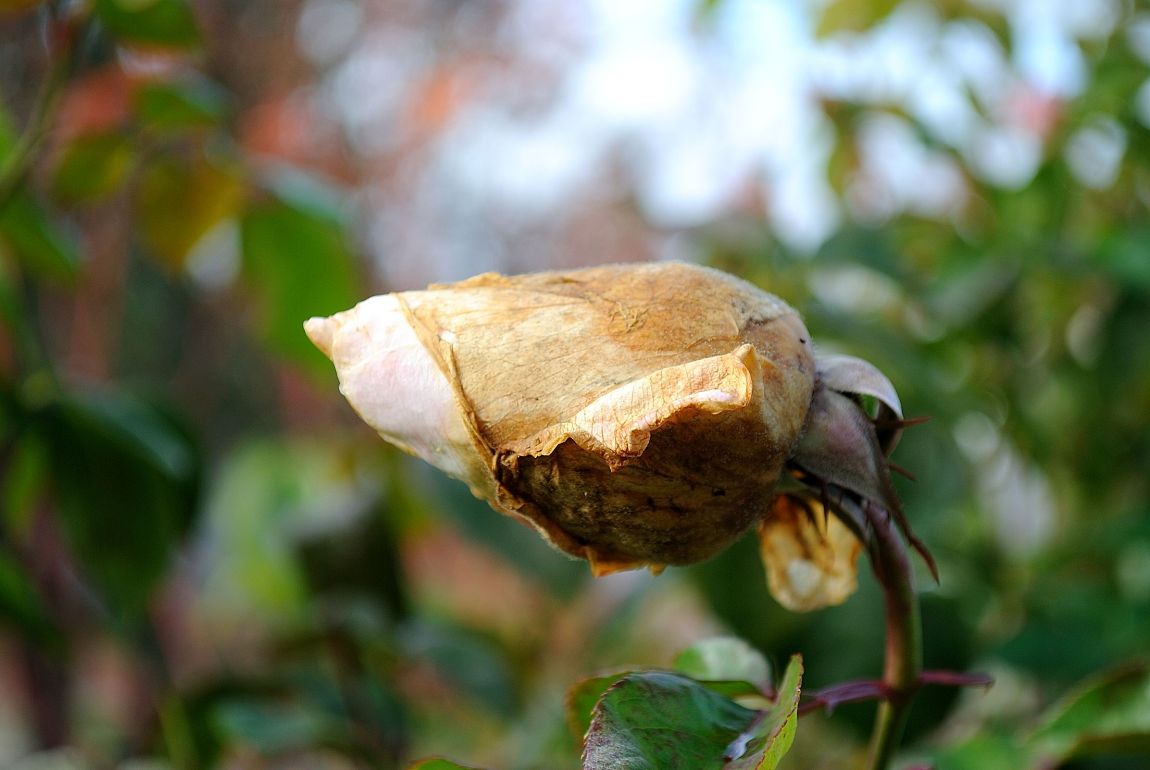Gray Mold Control: Learn About The Treatment Of Botrytis Blight


Botytris blight, also called gray mold, attacks almost any ornamental tree or shrub as well as many garden perennials. It usually occurs after an extended period of rain or drizzle in spring and summer. You may first notice it on dead and dying foliage and flowers. Continue reading to learn more about botrytis blight symptoms and gray mold control.
What is Botrytis Blight?
Botrytis blight on plants is caused by Botrytis cinerea, a fungus that attacks tender parts of the plant in the presence of high humidity. Botrytis blight symptoms on flowers include spotting, discoloration, and wilting. Buds often fail to open. It may look as though the flowers are old and fading. You can tell the difference between an old flower and one affected by botrytis blight by the pattern of discoloration and wilting. Browning from normal aging begins with the petals on the outer edge of the flower. If browning occurs on inner petals first, the cause is probably botrytis blight. Leaves and shoots with botrytis blight have brown lesions and masses of gray spores. Severely affected leaves and shoots die back and the leaves drop from the plant. Fruit also rots and drops off.
Treatment of Botrytis Blight on Plants
Treatment of botrytis blight begins with good sanitation. Pick up and destroy the debris that falls to the ground under the plant. This includes flowers, buds, leaves, twigs, and fruit. Prune off and destroy infected parts of the plant. Disinfect pruners with a ten percent solution of household bleach between cuts to avoid spreading the disease. Destroy infected plant material by burning or bury the debris under at least a foot (31 cm.) of soil if burning isn't allowed in your area. Healthy plants have limited natural disease. Avoid growing conditions that cause stress as much as possible. Make sure the plant receives the proper amount of sunlight, water, and fertilizer. Keep the foliage as dry as possible by applying water directly to the soil. Prune as necessary to allow good air circulation. You can achieve limited gray mold control with good sanitation and improved growing conditions, but the spores spread over long distances on the wind, making complete control difficult. Fungicides can help reduce the damage to valuable landscape plants. Choose a product labeled for protection against botrytis blight and for use on the type of plant you are treating. Follow the label instructions carefully and store the product in its original container and out of reach of children.
Gardening tips, videos, info and more delivered right to your inbox!
Sign up for the Gardening Know How newsletter today and receive a free copy of our e-book "How to Grow Delicious Tomatoes".

Jackie Carroll has written over 500 articles for Gardening Know How on a wide range of topics.
-
 Try The Trend – Turn Any Bed Into A Keyhole Garden With This Clever In-Ground Composter
Try The Trend – Turn Any Bed Into A Keyhole Garden With This Clever In-Ground ComposterKeyhole gardening is an efficient and sustainable practice that saves space. Get started on this DIY project quickly and easily with an in-ground composter.
By Bonnie L. Grant
-
 4 Superfast Composting Methods: Turn Waste Into Garden Gold In 30 Days Or Less
4 Superfast Composting Methods: Turn Waste Into Garden Gold In 30 Days Or LessTry the fastest composting methods to turbocharge your pile and transform kitchen scraps and garden waste into finished compost in just a few weeks.
By Mary Ellen Ellis